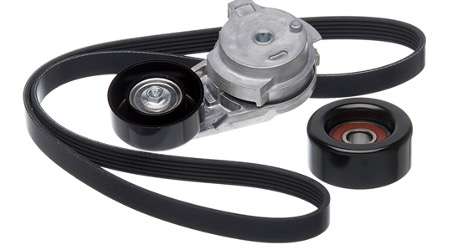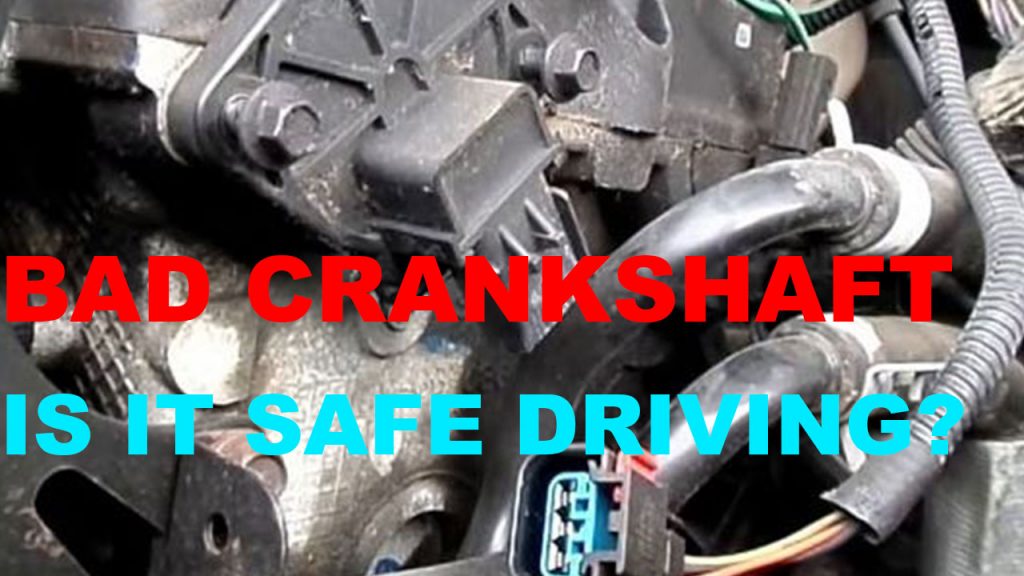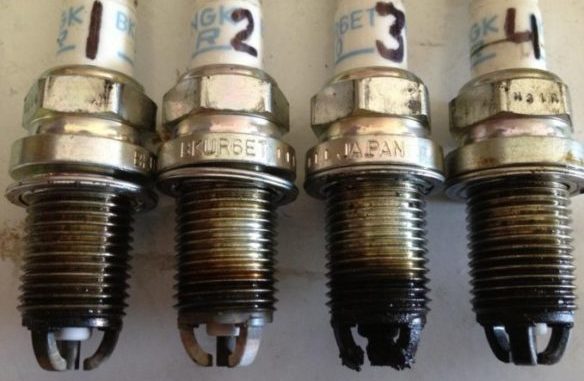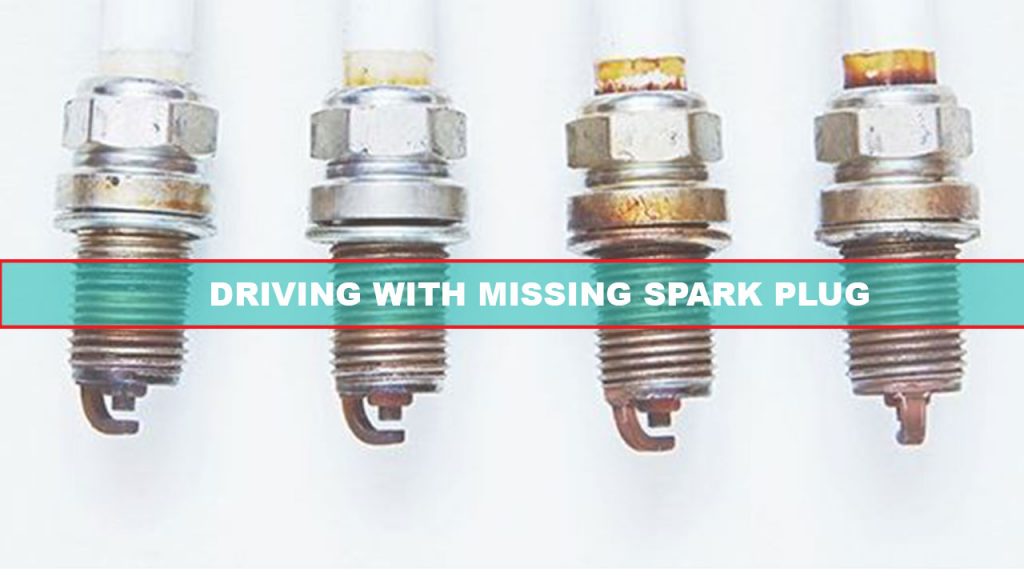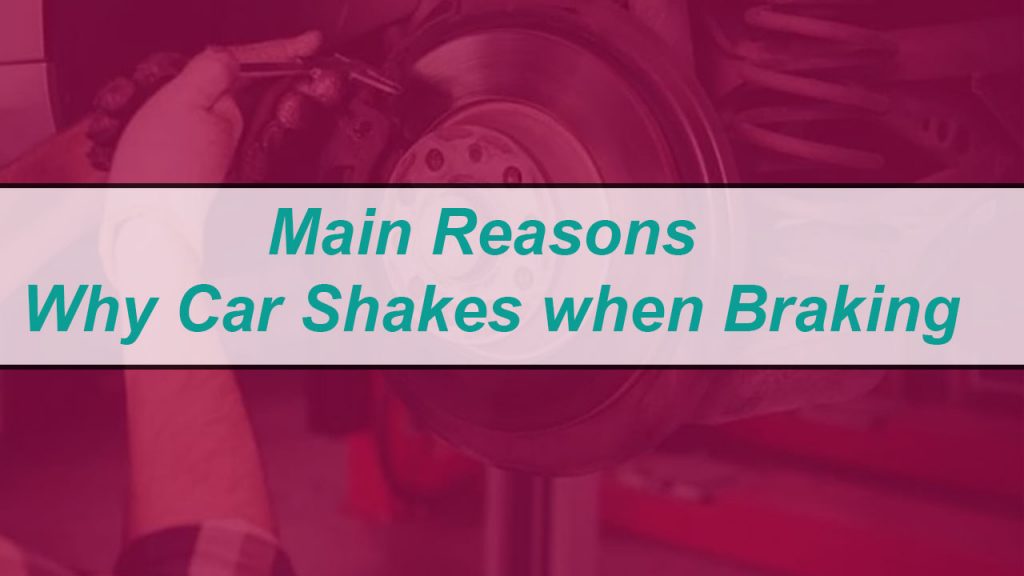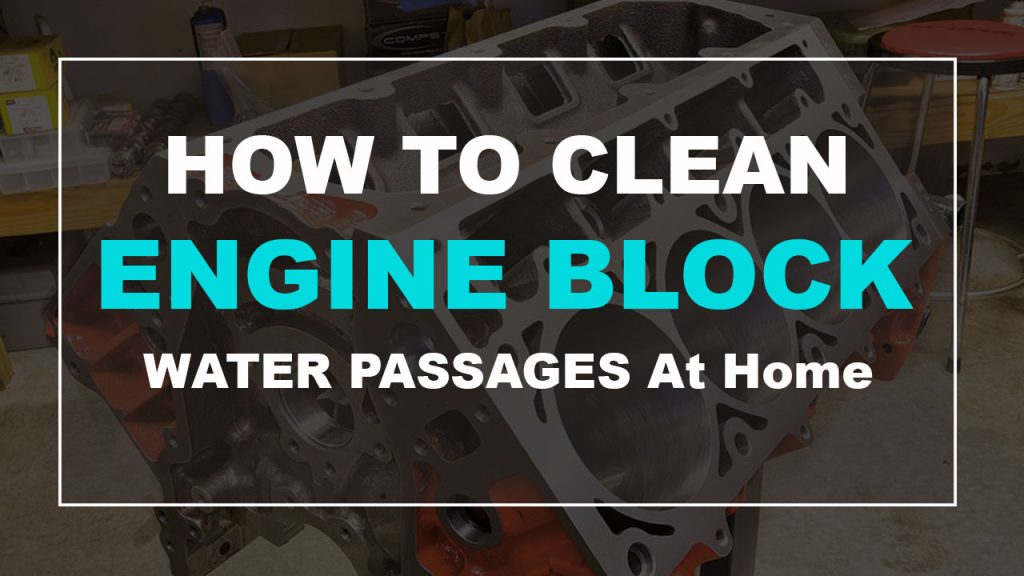Last updated on August 1st, 2023 at 08:04 am
If your vehicle’s alternator belt is broken and now you are worried and wondering what is Alternator Belt Replacement cost, and how to replace alternator belt, then this post is for you. And you want to have an idea of its replacement cost, which includes installation and other associated costs? You’re making the right call, as this will help you to plan your finances and avoid surprises in the long run. This article will provide a complete guide on the replacement costs of alternator belts, including some relevant information you may find needful.
Such as Symptoms of a Worn-Out Alternator Belt, how to replace alternator belt and Alternator Belt Replacement process, alternator belt lifespan, and preventative measures for maintenance of your car alternator belts.
We will also address the following question in the FAQ section of alternator belt replacement cost guide: 1) what causes damage to alternator belt? 2) are alternator belts expensive? 3) can I replace my alternator belt myself? 4) is an alternator belt an easy fix? 5) how long does an alternator belt last? 6) how long does it take to change an alternator belt? And 7)what happens if alternator belt breaks while driving?
So let started, and before we delve into the cost of replacing alternator belt, let’s look at what an alternator belt is and why it’s worth all the attention or trouble.
Introduction to Alternator Belts
An alternator is an essential part of your vehicle’s engine that charges your car’s battery while it’s in motion and supplies power to other electrical components of your car.
An alternator belt is as significant as the alternator itself because its main job is to spin the pulley attached to the alternator, which in turn generates electricity that feeds the engine and charges the car’s battery.
With a functional alternator belt, your car’s battery will charge optimally, and other electrical parts, such as electric power steering, headlights, radio, and dashboard electronics, will function effectively.
Beyond these benefits, the alternator belt also helps to regulate the engine’s voltage while optimizing its overall performance.
However, the alternator belt has some limitations, which may lead to its failure over time. For one, it’s made of rubber and is very close to the engine, which is always hot when the car is in motion. When rubber receives excessive heat, it will start wearing out with time, leading to breakage or tearing.
A damaged alternator belt is less effective and, sometimes, as bad as not having it completely. This sort of damage requires urgent attention in the form of a replacement or belt repair to continue enjoying the benefits of an alternator.
Related Article: How To Upgrade Alternator Amperage
Symptoms of a Worn-Out Alternator Belt
Identifying signs of a failing alternator belt is crucial to the replacement process before it gets worse and leaves you stranded. Most alternator belts won’t just fail suddenly. They’ll exhibit certain critical signs that you must note.
These signs include:
- A dead battery mid-way into a journey or just after the car starts is one of the prominent signs that your alternator belt is loose or worn out. The dead battery is a sign that the belt has failed to drive the alternator, and the battery isn’t charging.
- The headlights and other lighting systems of the car start to dim or appear in irregular flashes.
- Squeaky sounds emanate from the engine’s alternator compartment whenever you start the car. Often, they are high-pitched sounds and occur during cold starting, fading away as the car heats up.
- The battery’s warning light is on, indicating that it’s not charging and will soon go down completely.
- Since the alternator belt isn’t functioning at optimal levels or has failed, the car stops on the way, leaving you stranded if you are in the middle of nowhere.
- The power steering is rigid if the alternator is responsible for its power.
Alternator Belt Replacement Cost
So what is the cost of alternator belt replacements? On average, the cost of replacing an alternator belt is anywhere between $60 and $300, including the belt’s price (between $30 and $85), taxes, fees, and labor costs, which will take a sizable chunk of the budget (between $80 and $130).
The prices will fluctuate around this range, depending on your location, the car’s model, and the type of auto shop or auto mechanic handling the replacement job. Overhead costs such as rent, utilities, and maintenance may also influence the overall price that most auto shop charges.
Replacement cost estimates for popular car brands
Honda Accord: $60 – $150
Mini Cooper $87 – $140
Audi: $81 – $160
Nissan Rogue: $87 – $195
Ford Explorer: $57 – $212
Additionally, the mechanic, in the course of replacing the alternator belt, may discover some other minor problems that require fixing and offer to do them for an additional cost. For instance, the alternator itself might be faulty, or its pulleys and tensioner. These other problems may stretch the budget to $300, hence the $60 – $300 price range. I am just saying this is not typical and so not in all cases. Let’s now look at how to replace alternator belt.
How to replace alternator belt
Replacing an alternator belt is not as easy as changing engine oil or other DIY tasks in the engine. I recommend you let the mechanic handle it. But if you have the right tools and are confident enough to handle it, follow this guide below, which is basically what the mechanic will do.
Alternator Belt Replacement Process
- Step 1: Use your phone’s camera to get a clear picture of the path taken by the belt and how it winds around pulleys. However, if the belt is already out of place, refer to the car’s engine manual, an excellent resource for proper guidance.
- Step 2: Carefully examine the alternator, especially the tensioner. If you notice any fault, like excess vibrations or rattlings, the new belt might not stay in place, because it’s the tensioner’s job to hold it in place with the right tension.
- Step 3: If the tensioner or any other part of the alternator is bad, the problem is beyond the belt and your DIY skills. Do the needful by calling your mechanic. If every other part of the alternator is in perfect condition, the belt is the only problem, and you can proceed to the next step.
- Step 4: Attach an alternator belt tool like a socket wrench or breaker bar to the square-shaped, half-inch drive opening, and rotate it clockwise to loosen the tensioner arm, which allows you to remove the old or existing belt.
- Step 5: If your vehicle doesn’t have a tensioner arm, don’t worry, not all car models have it, and there’s a way to go about it. Loosen the bolts that lock the alternator to the engine to release the belt.
- Step 6: Check all the pulleys by spinning them to see if they will move without obstructions, as this guarantees that the new belt won’t encounter any problems when installed.
- Step 7: Align the new belt to the pulley path initially snapped, using a belt replacement tool to rotate the tensioner arm while loading more of the belt’s length and wrapping it around the crankshaft pulley.
- Step 8: Ensure that the belt follows the designated path on the picture or manual, including wrapping the belt around grooved and non-grooved pulleys.
- Step 9: Release the tensioner to its original position so it holds the belt in place, and test it by starting the car.
As a rule of thumb, if your alternator’s design looks tricky, save yourself time and sweat by calling a mechanic.
DIY Vs. Professional Alternator Belt Replacement
You can always replace your alternator belt with the right tools and knowledge as shared above, or allow the professionals to handle it. Whichever route you choose, here are the pros and cons.
DIY Vs. Professional Replacement Pros and Cons
| DIY (Pros) | Professional Replacement (Pros) |
| Saves labor cost | No room for errors with the experts |
| It might take longer than necessary | Additional mechanical issues get resolved in the process |
| Saves other associated costs | Get the best service from ASE-certified technicians |
| Saves time | |
| DIY Cons | Professional Replacement Cons |
| This leaves plenty of room for errors | Labor cost is expensive |
| Might take longer than necessary | Other associated costs are expensive |
| You might still call a mechanic and spend that extra cost you are trying to avoid when it gets tough mid-way |
Regardless, some vehicles have simple and modified engine designs than others, especially the latest models. Thus, replacing alternator belts in them is easier without necessarily losing bolts and tensioners. If you own this kind of vehicle, the DIY route is recommended. Otherwise, look for an auto mechanic.
Alternator Belt Lifespan
On average, alternator belts can last up to 4 years or 40,000 miles at least. However, certain factors affect the durability of an alternator belt. They include:
Rubber Type: Durability largely depends on the type of rubber used in making the belt. Belts made with high-end monomers or polymers can last up to 60,000 and 100,000 miles at maximum. In terms of years, you can get between 5 and 10 years of efficient service from such a belt type.
Usage Frequency: How often you use your vehicle can also affect durability because the alternator will be active when you turn on the ignition and relax when you turn it off.
Temperature: Driving in the desert or hotter regions can also limit the belt’s durability because excessive heat leads to wear and tear.
Reckless Car Habits: Allowing engine oil and other fluids to spill on the belt can lead to slippage or cause the rubber surface of the belt to deteriorate. Always check the alternator belt for oil spills and clean them after changing the oil.
Preventative Maintenance for Alternator Belts
The best way to extend the lifespan of your alternator belt, avoid the need for replacements, and achieve the promised number of miles, is to keep up with some belt maintenance tips. They include:
- Checking the belt for any spills or damages each time you change the engine’s oil.
- Regularly check the tensioner and ensure that it’s still intact with the pulleys.
- Checking the belt to ensure it’s properly aligned on the pulleys each time you check the engine.
- Taking your car to an ASE-certified auto mechanic for routine maintenance involves checking the alternator, belt, pulleys, tensioner, and other essential parts.
Frequently Asked Questions (F.A.Q)
What causes damage to the alternator belt?
Oil spills and extremely hot temperatures can damage alternator belts over a period.
Are alternator belts expensive?
Alternator belts aren’t expensive; they are cost-friendly relative to other car parts. You can find them in the range of $30 and $85.
Can I replace my alternator belt myself?
Yes, you can, but with conditions attached. If you have the right tools, knowledge, and DIY skills, and your car’s model is the latest with an easy-to-remove alternator belt, then you can. Otherwise, calling the mechanic remains the best option.
Is an alternator belt problem an easy fix?
Yes, with the professionals. However, it’s not an easy fix when it comes to pricing due to labor and associated costs.
How long does an alternator belt last?
An alternator belt can last between 4 and 10 years, depending on rubber type, ideal temperature, and maintenance conditions.
How long does it take to change an alternator belt?
Depending on how accessible and less complex an engine is, changing an alternator belt can take between 15 minutes and 1 hour.
What happens if the alternator belt breaks down while driving?
Your car might be able to drive for a few minutes before it starts overheating, its battery dies off, and other accessories or systems associated with the alternator fail completely. Always heed the warning signs outlined in this article to avoid the complete shutdown of your vehicle in the middle of nowhere.

